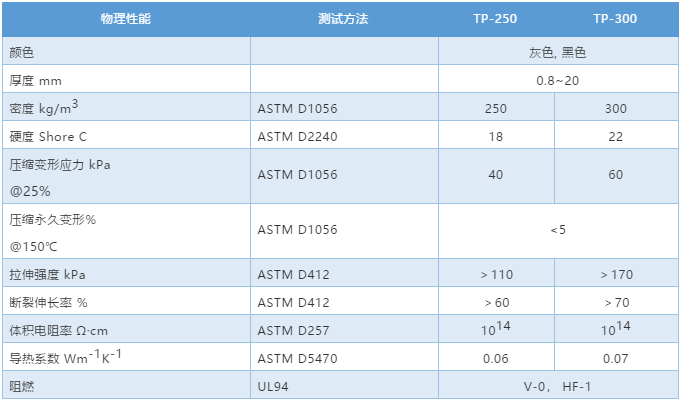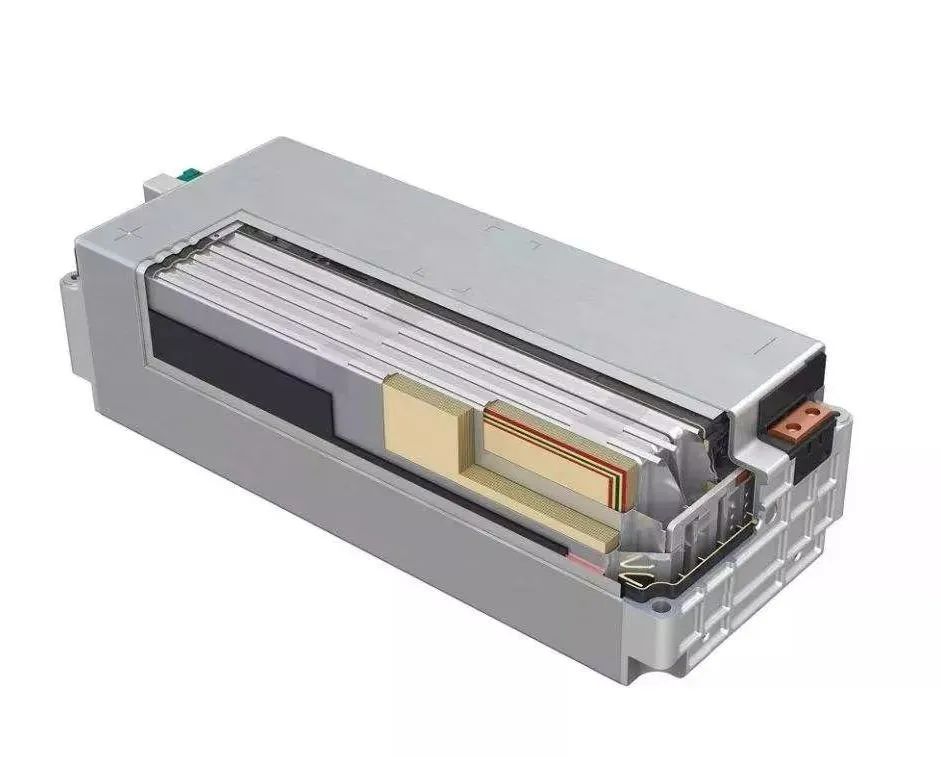
The battery pack is the core energy source of new energy vehicles, providing driving power for the entire vehicle. It is mainly composed of a metal shell envelope to form the main body of the battery pack. For new energy battery modules, changes in temperature environment have a significant impact on the reliability, lifespan, and performance of the cells. Therefore, it is particularly important to maintain the temperature inside the module within a certain range.
Liquid cooling is a commonly used cooling solution for electric passenger vehicles. In this structure, heat is conducted between the battery pack and the liquid cooling plate through thermal conductive silicone. However, due to the poor elasticity of the thermal conductive silicone, there is a loss of thickness after long-term use, resulting in insufficient contact between the liquid cooling plate and the battery pack, which affects the thermal conductivity effect.
The existing solution is to install springs or foam as support materials under the liquid cooling plate to ensure good contact between the liquid cooling plate, thermal conductive silicone, and module.
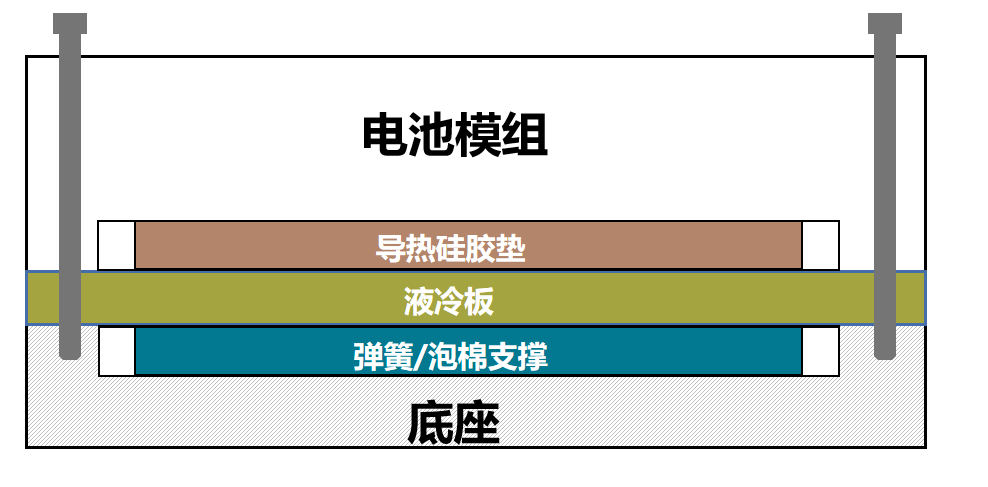
Comparison between spring plate and foam

In structural design, the gap between the supporting materials is relatively small. The installation of springs needs to consider issues such as fixing the supporting structure and increasing the overall weight of the package. When the gap thickness is less than 8mm, the use of spring support is prone to deformation, and the smaller the gap thickness, the more in line with the lightweight design direction. Therefore, foam materials are more in line with future design trends.
Commonly used foam materials, such as chloroprene rubber, polypropylene, and polyurethane foam materials, are prone to aging and deformation after long-term use, and cannot meet the service life requirements of automotive related accessories.
Silicone foam has good elasticity and aging resistance, easy installation, uniform stress distribution, and insulation properties, making it the preferred material for supporting foam. How to achieve lightweighting, maintain the long-term reliability of materials, and reduce the cost pressure on enterprises has become an important criterion for material selection.
TP series products
In order to adapt to the development of new energy vehicle batteries, after in-depth understanding of customer needs, our R&D department engineers have made targeted formula adjustments, optimized processes, and achieved new breakthroughs in lightweight and high elasticity through molecular structure design, launching MicroES ® TP series silicone foam.
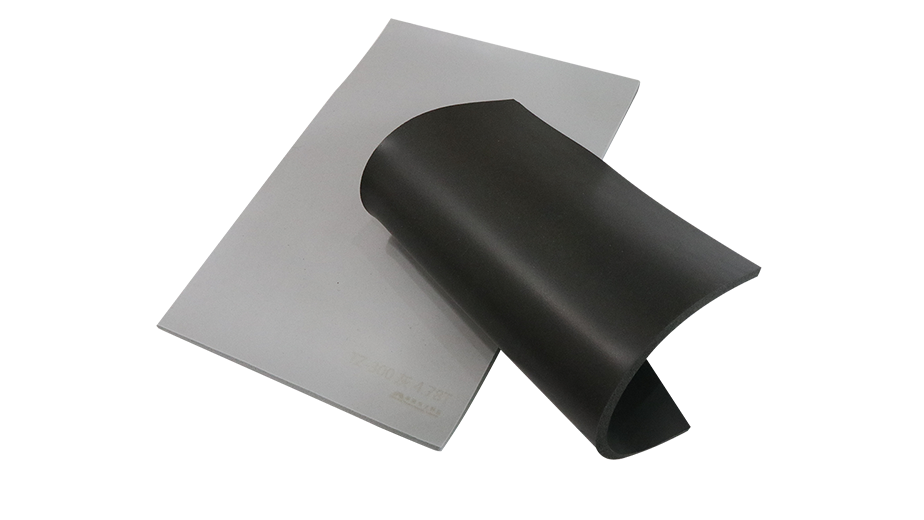
Low density and high rebound
The density of TP series materials is the same as that of TS ultra soft series, with a density of 250-300Kg/m3, but the rebound force can reach that of the original TZ series. It can be used for a long time at -55~200 ℃ and has UL94 V-0 level flame retardant properties. Compared to other products in the same industry, under the same compressive deformation stress, the density can be reduced by about 15%.
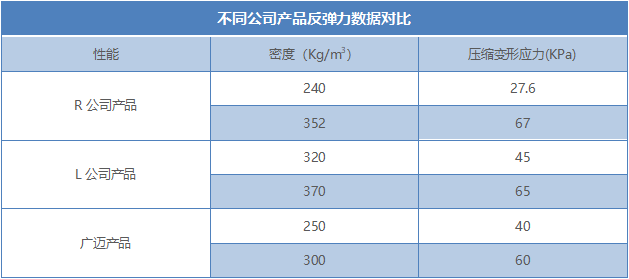
Wide compression ratio
The vibration of the power battery module has a significant impact on battery performance on bumpy roads or high-speed driving. The TP series silicone foam has a wide compression range (10% -80%), which can effectively reduce the adverse effects of vibration.
Thermal insulation and aging resistance
TP series silicone foam has a low thermal conductivity and can provide insulation and heat preservation. In millions of compression tests, the thickness loss is less than 1%; In the aging experiment at 150 ℃ for 168 hours, the thickness loss is less than 5%, which ensures the long-term use of the material.
TP series silicone foam performance parameters
